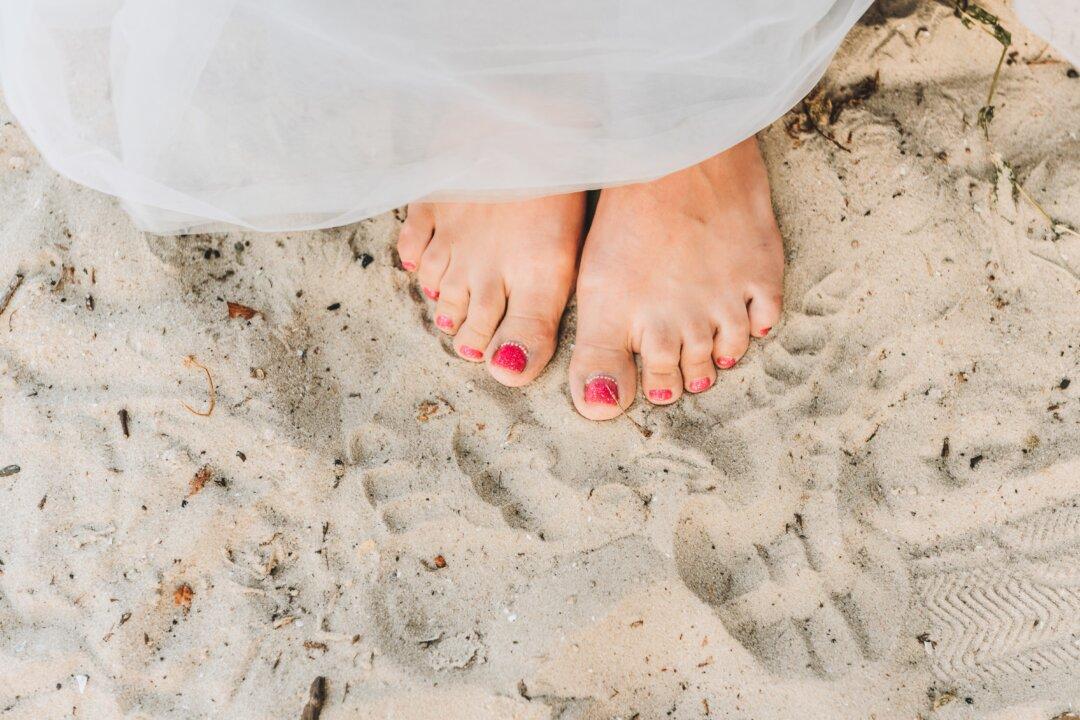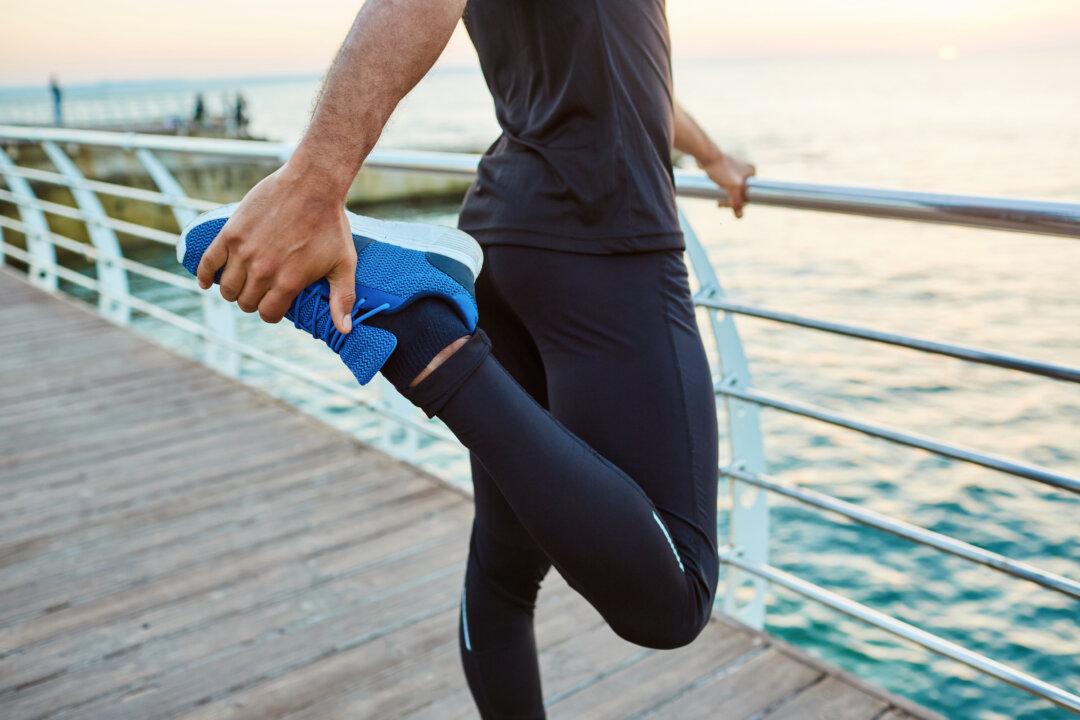Facial wrinkles are not only a sign of aging, but can also reflect the health status of our organs. Reducing wrinkles can even protect our organs.
The skin is the largest organ of the human body, and the health of the body is often reflected on the surface of the skin. When a person is sick, or often anxious and worried, not only will their gastrointestinal absorption capacity become poor, their qi (i.e. vital energy) and blood circulation will also become stagnant, which is not conducive to the growth of radiant and elastic skin. If the skin is unable to retain water, and the fascia does not have sufficient capacity to restore water, wrinkles will form on the face.





